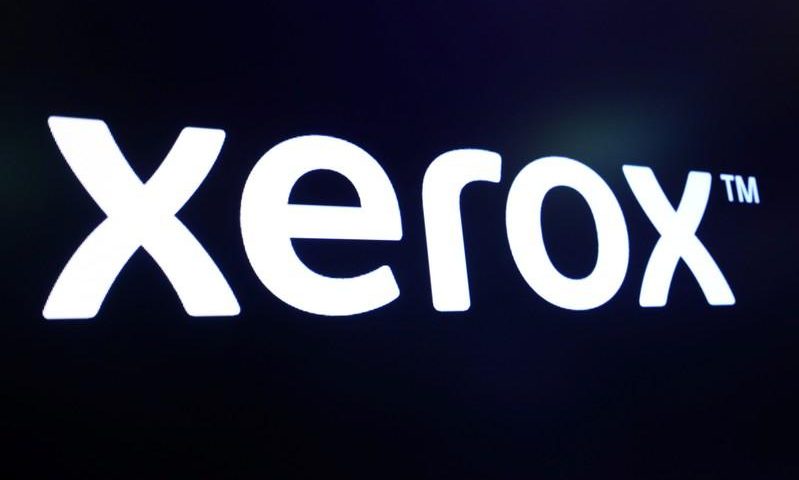Among the biggest risers on the S&P 500 on Friday November 08 was Xerox Holdings Corp – Ordinary Shares ($XRX), popping some 4.13% to a price of $38.85 a share with some 4.74 million shares trading hands.
Starting the day trading at $37.59, Xerox Holdings Corp – Ordinary Shares reached an intraday high of $39.38 and hit intraday lows of $37.31. Shares gained $1.54 apiece by day’s end. Over the last 90 days, the stock’s average daily volume has been n/a of its 218.96 million share total float. Today’s action puts the stock’s 50-day SMA at $n/a and 200-day SMA at $n/a with a 52-week range of $18.58 to $38.55.
Xerox Holdings Corp is an original equipment manufacturing and software company. Xerox operates in one segment–design, development and sale of printing technology and related solutions–while deriving 60% of its revenue from North America, and 40% from international markets. The company is an OEM of multifunction printers, or MFPs (printers that can print, copy and scan), focusing on large enterprise markets. Apart from equipment, the company provides post sales services like managed print services–a service that helps to bring smart servicing and efficiencies to how employers use their print/copy equipment. Xerox is attempting to enter new markets like digital print packaging solutions and printed electronics.
Xerox Holdings Corp – Ordinary Shares has its corporate headquarters located in Norwalk, CT and employs 32,400 people. Its market cap has now risen to $8.51 billion after today’s trading, its P/E ratio is now n/a, its P/S n/a, P/B 1.78, and P/FCF n/a.
The Dow Jones Industrial Average (DJIA) is the most visible stock index in the United States, but that doesn’t make it the best. In fact, the industry standard for market watchers and institutional investors in gauging portfolio performance is the S&P 500.
The DJIA relies on just 30 stocks as a sample of large- and mega-cap firms, dwarfed by the 500 contained in the S&P 500, and it also weights its returns using an outdated and flawed price-weighting method. The S&P 500’s weighting is based on market cap, making it a much better representation of actual market performance for large- and mega-cap stocks.

